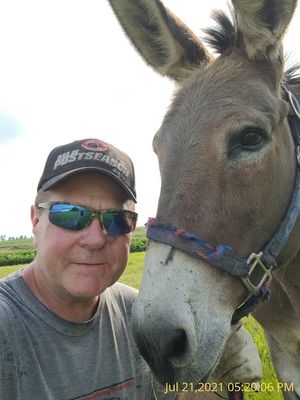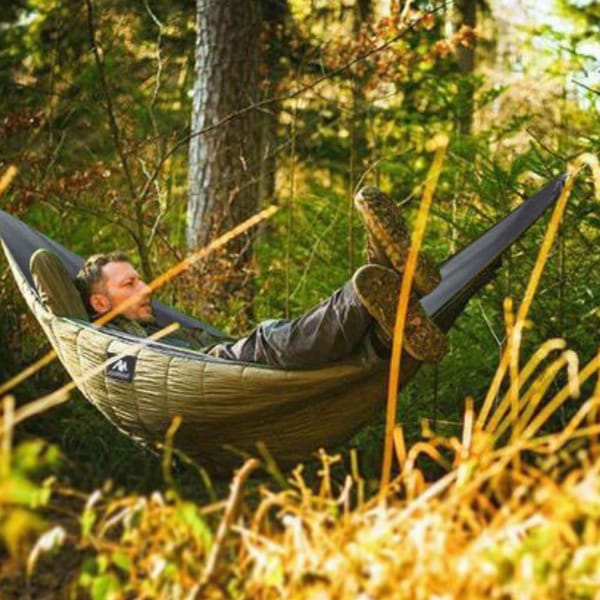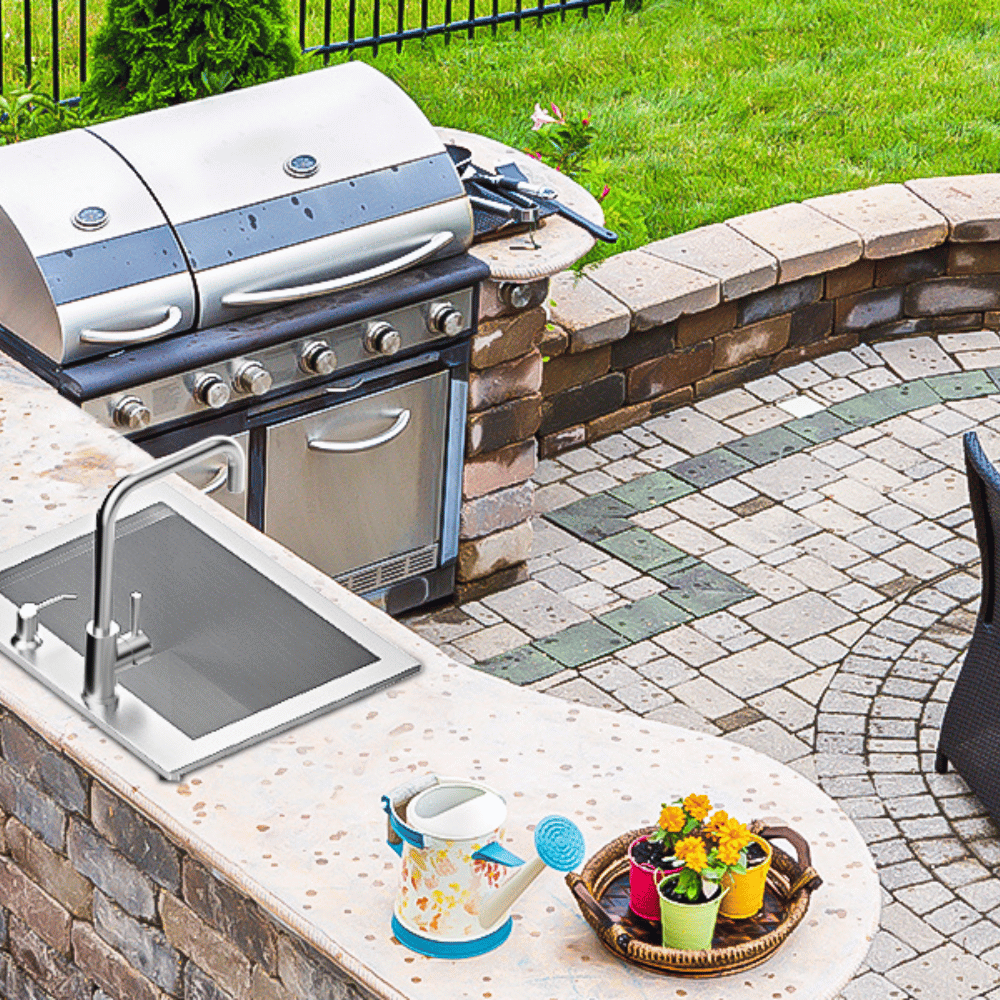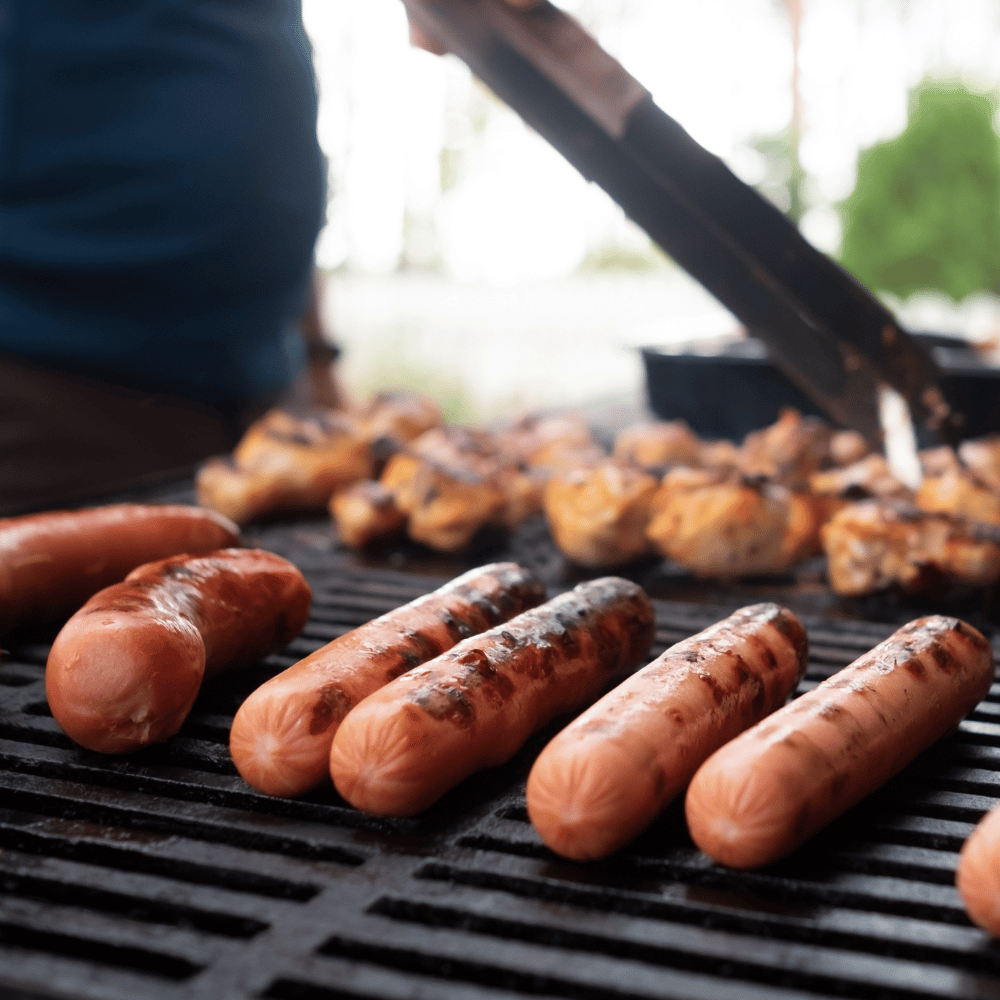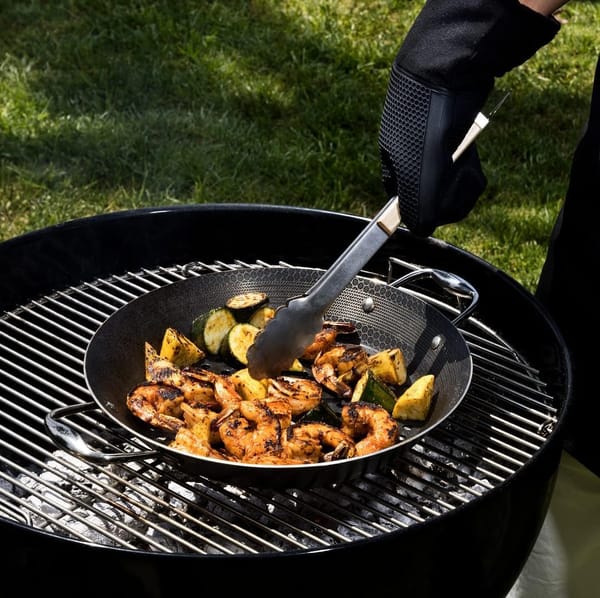Key Takeaways:
- Understand what makes the best long range drones and how to choose one that suits your needs.
- Discover the technological advancements in battery life, transmission systems, and camera capabilities that enable drones to fly long distances.
- Learn about the various applications of long-range drones, from search and rescue missions to environmental monitoring.
Long-range drones have revolutionized the way we interact with the skies. From professional aerial photography to environmental monitoring, the ability to fly a drone over extended distances has opened up a world of possibilities. In this comprehensive guide, we will delve into the intricacies of long-range drones, exploring their flight capabilities, intelligent features, and the various applications they serve.
What Defines a Long-Range Drone?
When we talk about long-range drones, we're referring to UAVs (Unmanned Aerial Vehicles) with the ability to cover long distances without the need for frequent landings or battery changes. The key factors that contribute to a drone's range are its battery life, transmission distance, and wind resistance. Drones like the DJI Matrice and Autel EVO II Pro V2 are prime examples of high-quality drones designed for long-range flights, boasting impressive flight times and robust transmission systems.
The best long-range drones come equipped with advanced features such as dual cameras, inch CMOS sensors, and obstacle-sensing capabilities. These features not only enhance the drone's ability to navigate over long distances but also improve the overall safety and efficiency of the flight.
The Evolution of Battery Life in Drones
Battery life is a critical component of long-range flight performance. Modern drones have seen significant improvements in battery technology, with intelligent flight batteries enabling longer flight times. For instance, the DJI Air 2S offers extended flight times, allowing drone pilots to capture more footage on a single charge.
The development of batteries with higher energy densities and faster charging capabilities has also contributed to extended flight durations. This means that drones can stay in the air for longer periods, making them suitable for a variety of applications, including search and rescue missions where every minute counts.
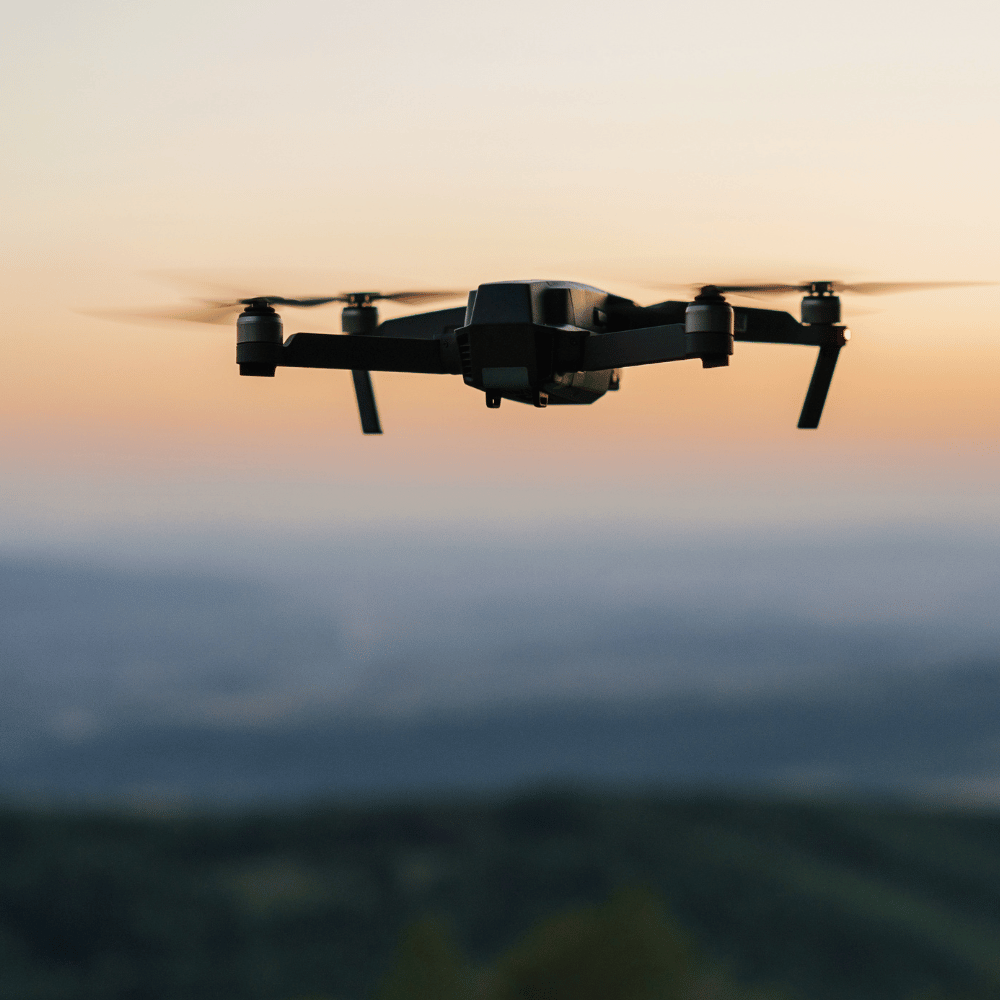
Transmission Systems: The Lifeline of Long-Range Drones
A drone's transmission system is what keeps it connected to the remote controller, ensuring real-time communication and control over long distances. The DJI O3 transmission system, for example, offers low-latency HD video transmission, which is crucial for tasks that require high situational awareness, such as environmental monitoring.
The strength and reliability of the transmission system determine the maximum range a drone can safely operate from the controller. With advancements in long-range transmission technology, drones can now maintain a stable connection even when flying at the edge of their control range.
Camera Capabilities: Seeing Further and Clearer
The camera is the eye of the drone, and long-range drones often come with high-quality cameras that offer 4K video, adjustable aperture, and high dynamic range. The DJI Avata, for instance, is equipped with a camera capable of capturing crystal clear 4K HDR video, making it an excellent choice for long-range aerial photography and videography.
For specialized applications, some drones feature thermal imaging or low-light performance cameras. These allow for operations such as thermal inspections or night vision flights, expanding the drone's usability to a wider range of conditions and times of day.
Fixed Wing vs. Rotary Wing Long Range Drones
When considering long-range drones, one must choose between fixed-wing and rotary-wing models. Fixed-wing long-range drones, like the Parrot Anafi AI, are known for their efficiency and ability to cover vast distances quickly. They are ideal for applications such as environmental monitoring where covering ground level at speed is essential.
Rotary wing drones, on the other hand, offer vertical takeoff and landing capabilities, making them more versatile in varied environments. The DJI Mavic Mini is a prime example of a rotary-wing drone that combines long flight time with the convenience of vertical shooting.
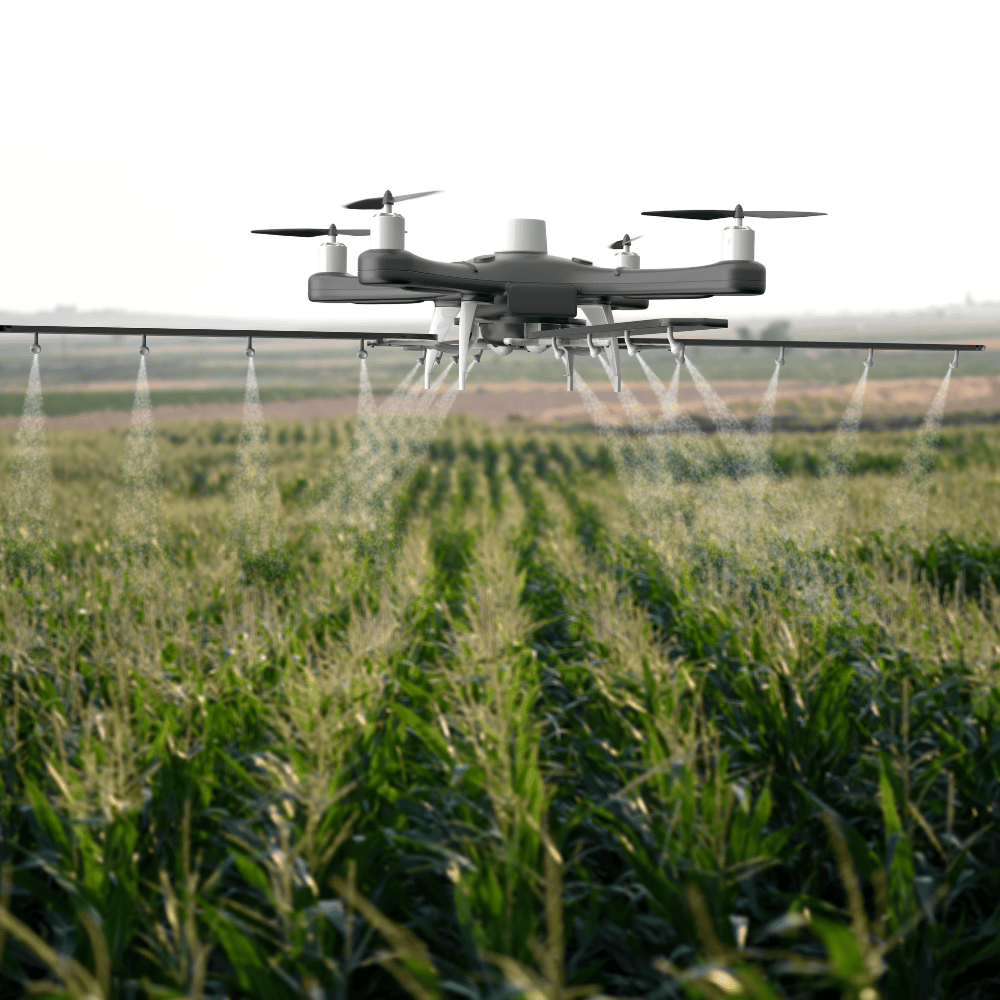
Intelligent Features That Enhance Long-Range Flights
Intelligent features such as GPS auto return, obstacle avoidance systems, and intelligent flight modes have made flying long-range drones safer and more accessible. These features help to maintain the drone's flight path, avoid collisions, and even automate certain aspects of the flight, making them suitable for beginners and experienced pilots alike.
The Autel Robotics EVO II series drones, for instance, come with an array of intelligent features that support advanced flight planning and provide pilots with greater control over their long-range flights.
Maximizing Flight Experience with Long-Range FPV Drones
Long-range FPV (First Person View) drones are revolutionizing the flight experience for enthusiasts and professionals alike. By donning FPV goggles or using a dedicated screen, pilots can immerse themselves in a real-time, bird's-eye view of their drone's journey. This is particularly exhilarating when the drone is equipped with a high-quality camera, such as a 4K UHD camera or one with a 1-inch CMOS sensor. The DJI Air S and Autel EVO II Pro V2 are prime examples of drones that offer an immersive FPV experience, coupled with cameras that capture stunning 4K HDR video, making them ideal for capturing breathtaking landscapes or fast-paced action from afar.
The thrill of FPV flying is further enhanced by the drone's flight range and speed. With advanced models boasting flight ranges that extend several kilometers and max speeds that can satisfy even the most adrenaline-hungry pilots, the possibilities are endless. Drones like the DJI O and EVO Nano, which are lightweight and foldable mini drones, offer a balance of portability and performance. They come with intelligent flight batteries that promise extended minutes of flight time, allowing pilots to explore the skies longer and push the boundaries of their flight experience.
Navigating the Skies with High-Quality GPS Drones
GPS technology has revolutionized the way drones navigate, offering high-quality, real-time data that ensures precise positioning and stability. With the integration of advanced GPS systems, drones like the DJI Air S and Autel EVO II Pro V can lock onto multiple satellites, reducing the risk of drifting and enabling more accurate flight paths. This technology is particularly beneficial for long-distance missions where maintaining a consistent trajectory is crucial. GPS-enabled drones also come with intelligent flight batteries that optimize power consumption for extended minutes of flight time, making them ideal for both drones for beginners and seasoned pilots.
The inclusion of GPS in drones has opened up new possibilities for applications requiring exact location tracking, such as environmental monitoring and search and rescue operations. High-quality GPS systems in drones like the DJI drone series and the Ruko F11 Gim ensure that even in challenging environments, the drone can return to its home point with remarkable accuracy. This feature, coupled with a robust obstacle avoidance system, provides peace of mind for pilots, knowing their investment is safeguarded against loss or collision. The GPS functionality is a game-changer, especially for consumer drones that come with a higher price tag, offering a level of reliability that justifies the cost.
The Pinnacle of Aerial Photography: Drones with 4K Cameras
When it comes to capturing breathtaking aerial footage, drones equipped with 4K cameras are revolutionizing the industry. These high-quality cameras offer unparalleled clarity, allowing both hobbyists and professionals to shoot stunning 4K video and photographs from the sky. The DJI Air series, for instance, boasts a Hasselblad camera known for its superior image quality. With such technology, users can capture vivid landscapes and detailed urban scenes that were once only possible with high-end professional equipment.
Moreover, advancements in camera technology have led to features like 4K HDR video, which enhances the dynamic range of the footage, providing richer shadows and highlights. Camera drones for adults are no longer just about the fun of flying; they're about producing professional-grade content. The Ruko F11 Gim, for example, comes with a 4K UHD camera that delivers crisp, detailed images. And with the added stability of a 3-axis gimbal, these drones ensure that even in challenging conditions, the footage remains smooth and steady, making every minute of flight time count.
The Emergence of Brushless Motors in Long-Range Drones
Brushless motors are revolutionizing the drone industry, especially when it comes to long-range flight capabilities. Unlike their brushed counterparts, brushless motors offer a more efficient and reliable solution, leading to extended minutes of flight time and smoother operation. This is particularly beneficial for drones like the DJI Air series, which are known for their high-quality performance and durability. The use of brushless motors means that these drones can fly further and longer, capturing stunning 4K UHD camera footage without the worry of motor burnout or excessive power consumption.
Moreover, the integration of brushless motors in mini drones has made it possible to achieve a balance between size and power. For instance, the Ruko F11 Gim comes equipped with powerful motors, allowing it to deliver impressive flight times and robust handling, even in challenging conditions. The Holy Stone series also benefits from brushless motors, ensuring that each flight is not only stable but also packed with the potential for high-quality live video and 4K HDR video recording. The result is a fleet of drones that are not just portable but also capable of ambitious long-range missions.
Foldable Drones: The New Frontier in Portable Long-Range Flight
Foldable drones like the DJI Mavic series have ushered in a new era of portability without compromising on the high-quality features expected from long-range drones. These drones are designed with convenience in mind, featuring a compact form that can easily fit into a carrying bag, making them ideal for adventurers and professionals alike. The foldable design does not hinder their capabilities; these drones still come equipped with 4K cameras, intelligent flight systems, and robust O3 transmission technology, ensuring that they can handle real-time data transmission over considerable km range distances.
The practicality of foldable drones extends to their setup and deployment. With quick-release propellers and minimal assembly required, drones like the Matrice 300 RTK can be airborne within minutes, offering up to 55 minutes of flight time. This is a game-changer for applications such as environmental monitoring and search and rescue operations, where time is of the essence. Additionally, the compact nature of these drones means they can be transported to remote locations without hassle, ready to unfold and launch to provide high-quality camera 4K footage or live video feeds whenever and wherever they are needed.
The Future of Flight: Foldable Drones and Intelligent Batteries
The drone market is continuously evolving, and one of the most significant advancements is the development of foldable drones. These compact, portable units, like the DJI Mavic series, can be easily transported in a carrying case or bag, making them ideal for adventurers and travelers who want to capture impromptu aerial shots. The foldable design doesn't compromise on power or functionality; many of these drones still come equipped with features like brushless motors for efficient performance and extended minutes of flight time.
In parallel, the intelligent flight battery has become a game-changer for long-range drone enthusiasts. These smart batteries not only provide longer flight times, often exceeding 30 minutes but also offer real-time data on battery health and remaining flight time. This allows pilots to manage their flights more effectively and avoid unexpected power interruptions. For instance, the Pro Limitless drone is known for its impressive minimum flight time, giving users ample opportunity to explore the skies and capture the world from new perspectives.
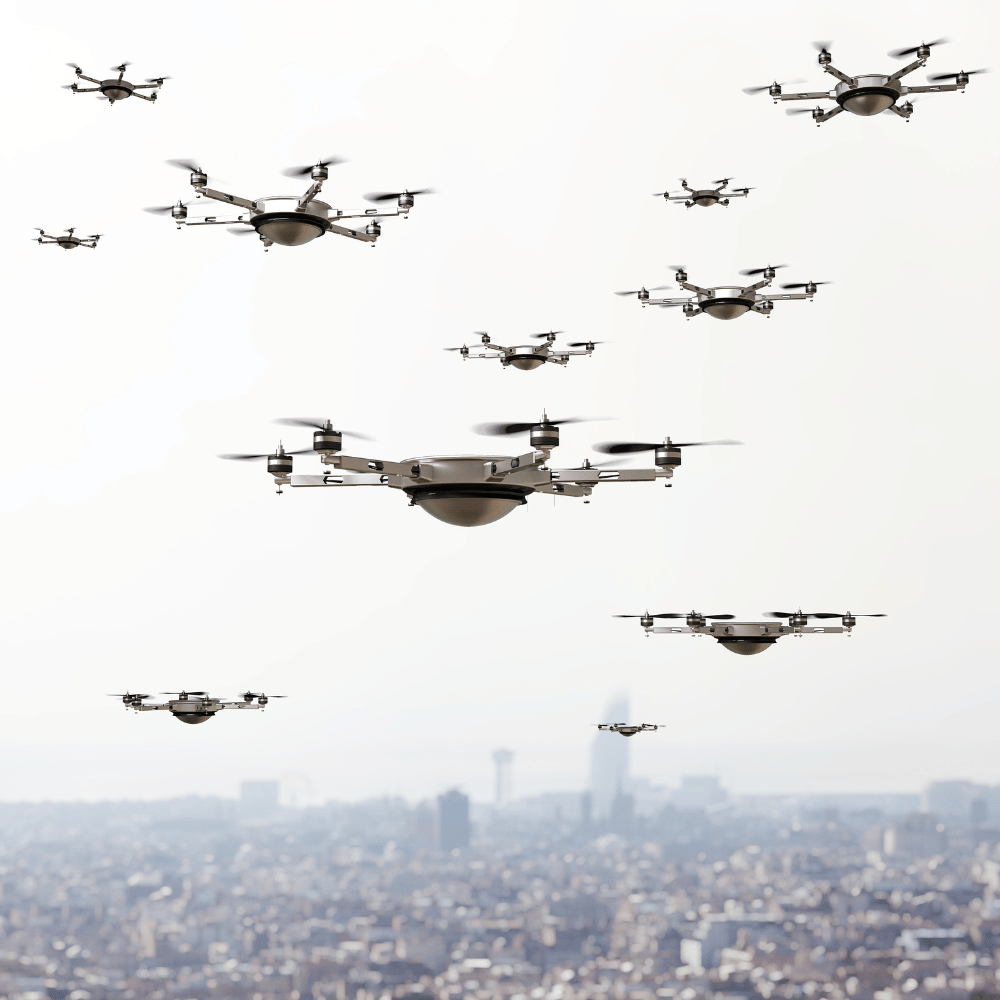
The Rise of Thermal Imaging Drones for Advanced Surveillance
Thermal imaging technology has become a game-changer in the drone industry, particularly for applications that require night-time surveillance or heat signature detection. Drones equipped with thermal cameras, such as the Matrice 300 RTK, are now capable of capturing high-quality images and video recording in complete darkness or through obscurants like smoke and fog. This sensor-capable technology allows drones to serve in a variety of fields, from security operations to wildlife monitoring, providing real-time, critical data that would otherwise be unattainable.
Moreover, the integration of thermal imaging with long-range capabilities has significantly enhanced the operational scope of drones. For instance, a fixed-wing drone with a thermal camera can cover vast areas without the need to frequently recharge, thanks to its max flight time and efficient power usage. These drones can maintain a steady flight speed and max speed, even in manual mode, allowing for precise control during sensitive missions. The combination of thermal imaging and long-range flight opens up a new realm of possibilities for flying drones, making them indispensable tools for advanced surveillance and inspection tasks.
The Emergence of High-Performance Camera Drones for Adults
Camera drones for adults are no longer just about capturing aerial footage; they're about delivering a high-quality, professional-grade photography and videography experience. The DJI drones, with their Hasselblad cameras, set a high standard with features like a 3-axis mechanical gimbal that ensures stable and clear images, even at long distances or high flight speeds. For those seeking a drone with a camera that delivers 4K video, the DJI Air S and Autel EVO II Pro V2 stand out with their dual camera systems, allowing for both wide-angle and zoomed-in shots without compromising on image quality.
Moreover, these camera drones come with an array of features designed to cater to adults looking for a sophisticated flying and filming device. From obstacle avoidance systems that provide peace of mind during complex maneuvers to intelligent flight modes that assist in capturing cinematic footage, the options are vast. The Potensic Atom SE and Ruko F11 Gim are examples of drones that offer a professional-level camera payload, including a triple camera system for versatile shooting. With the inclusion of carrying cases or bags, these drones are ready for adventure, ensuring that every single flight contributes to a portfolio of stunning aerial imagery.
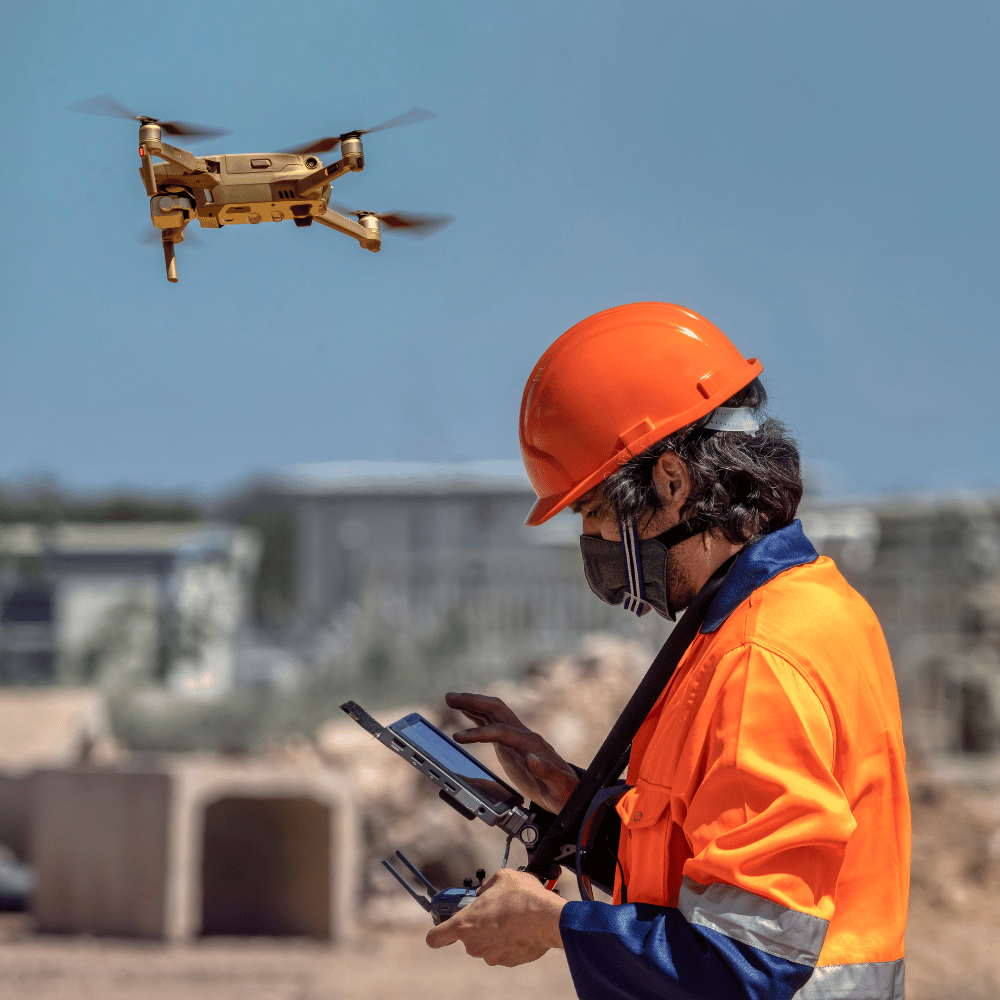
The Role of Wind Resistance in Long-Range Flight
Wind resistance is a critical factor in the flight performance of long-range drones. Drones with strong wind resistance can maintain stability and control even in high winds, which is essential for maintaining a steady flight path and ensuring the safety of the drone.
Models like the DJI Mini 2 are designed with wind resistance in mind, allowing them to fly drones in challenging conditions without compromising on image quality or flight stability.
Understanding Transmission Range and Signal Strength
The transmission range and signal strength are vital for maintaining control over the drone during long-range flights. A strong and stable signal ensures that the drone and the controller remain in constant communication, providing real-time updates and control commands.
Drones such as the DJI FPV and DJI RC are equipped with robust transmission systems that offer long-range video transmission capabilities, ensuring that the visual line of sight is maintained even when the drone is flying at maximum range.
Flight Times: Pushing the Boundaries of Endurance
Flight times are a benchmark for long endurance in drones. The longer a drone can stay in the air on a single charge, the more it can accomplish. The DJI Air 2S, for example, boasts up to 31 minutes of flight time, allowing for extensive aerial operations without the need for frequent landings.
Maximizing flight time is not just about battery capacity; it's also about efficient energy use and optimizing the drone's payload weight. Drones that can balance these factors effectively offer the best long-flight time performance.
The Importance of Obstacle Avoidance Sensors
Obstacle avoidance sensors play a crucial role in the safety features of long-range drones. These sensors help the drone detect and navigate around obstacles, reducing the risk of collisions during flight.
The DJI Matrice 300 RTK, with its advanced sensing system, provides comprehensive obstacle sensing and situational awareness, making it a top choice for long-range drone pilots who prioritize safety.
Real-Time Applications: Search and Rescue to Environmental Monitoring
Long-range drones are invaluable in real-time applications such as search and rescue missions and environmental monitoring. The ability to cover large areas quickly and transmit high-quality video back to the ground control makes drones like the Autel EVO Lite+ indispensable tools in these fields.
For search and rescue, drones with cameras for adults like the DJI Mavic Air 2 offer a combination of long flight times and high-resolution cameras, enabling rescuers to search vast areas more efficiently than ever before.
The Advantages of Mini Drones for Long-Range Missions
Mini drones, such as the DJI Mini 2, offer a lightweight and foldable option for long-range missions. Despite their small size, these drones pack a punch with long flight times and high-quality cameras, making them a practical choice for long-range flights where portability is key.
The compact design of mini drones also means they are less likely to be affected by regulations that apply to larger drones, allowing for more flexibility in flight operations.
Choosing the Right Drone for Your Long-Range Needs
Choosing a long-range drone involves considering factors such as maximum flight time, camera quality, and flight performance. For beginners, drones like the DJI Mavic Mini offer a balance of ease of use and long-range capabilities, while professional drone pilots might opt for more advanced models like the Autel EVO II Pro V2 with its adjustable aperture and 6K UHD camera.
It's important to assess your specific needs, whether it's for aerial photography, search and rescue, or environmental monitoring, and select a drone that offers the right combination of range, camera capabilities, and intelligent features.
Summary
Long-range drones have transformed numerous industries by providing the ability to fly over extended distances with high-quality cameras and intelligent features. From the DJI Mini 2's wind resistance to the Autel EVO II Pro V2's advanced camera system, these drones offer a range of capabilities that cater to both beginners and professionals. As technology continues to advance, we can expect even more impressive flight times, transmission ranges, and camera options, further expanding the possibilities of what can be achieved with long-range drones.
FAQ Section
Q: What is the maximum range I can expect from a long-range drone?
A: The maximum range varies depending on the drone model and conditions. Some of the top long-range drones can reach transmission distances of several kilometers. Always check the manufacturer's specifications for the exact range of capabilities.
Q: Are long-range drones suitable for beginners?
A: Yes, many long range drones come with intelligent flight modes and obstacle avoidance systems that make them suitable for beginners. Models like the DJI Mavic Mini are designed to be user-friendly while still offering a significant range of capabilities.
Q: Can long range drones be used for commercial purposes?
A: Absolutely. Long-range drones are used in various commercial applications, including aerial photography and videography, environmental monitoring, and search and rescue operations. It's important to ensure compliance with local regulations when using drones for commercial purposes.

